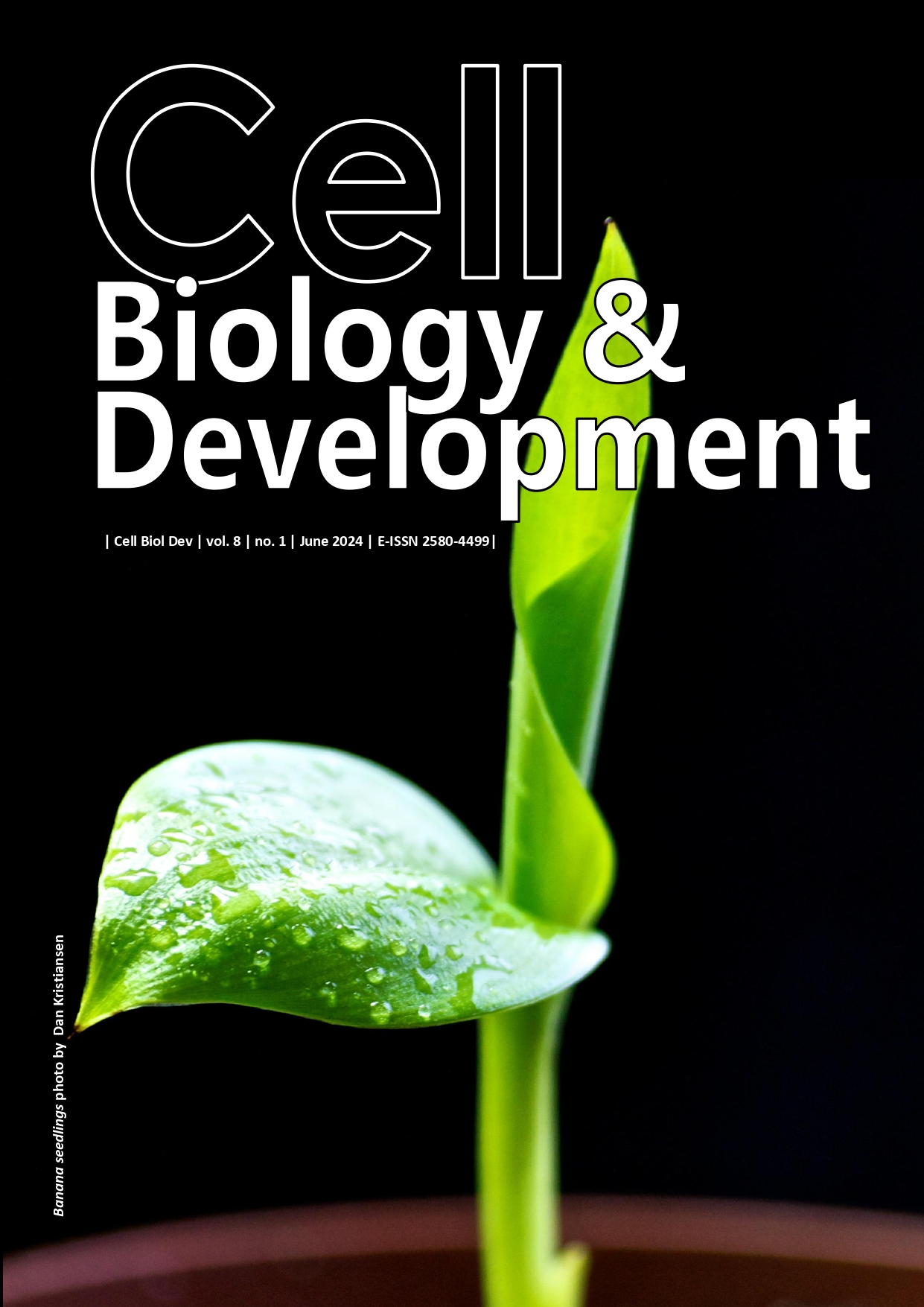Effects of light-dark cycle and light-emitting diode (LED) colors on the behavioral and physiological responses of Phodopus roborovskii
##plugins.themes.bootstrap3.article.main##
Abstract
Abstract. Fuertes PJS, Aquino AM, Balones NA, Pajila JJL, Granadozin Jr. MP, Brillo SC. 2024. Effects of light-dark cycle and light-emitting diode (LED) colors on the behavioral and physiological responses of Phodopus roborovskii. Cell Biol Dev 8: 51-57. The internal biological clocks regulate the 24-hour cycle of the circadian rhythm. Changes in the quantity or quality of light can disrupt the circadian rhythm as light influences the circadian clock synchronization, affecting the behavior and physiology of an organism. We determined the effects of different light-dark cycles and LED colors, specifically white, blue, and yellow, on the behavior and physiology of P. roborovskii. The test subjects were acclimated for one week. Five setups were utilized per LED color, particularly control (12L:12D) and treatment groups (24L:0D, 18L:6D, 6L:18D, 0L:24D). The amount of food intake (g), running wheel usage duration (min), sleep duration (min), and body weight (g) were recorded daily. Inferences regarding the melatonin and corticosterone levels were established from the behavioral assessment. The findings revealed a significant difference in sleep duration and running wheel usage. Results showed that white light at 18L:6D induced longer sleep duration, while blue light at 18L:6D resulted in shorter sleep duration. Moreover, blue light at 24L:0D promoted a longer duration of running wheel usage, whereas yellow light at 0L:24D impeded the use of the running wheel. Based on the behavioral data, it can be inferred that as melatonin levels increase throughout sleep onset, corticosterone levels decrease. Furthermore, there is no significant difference in the amount of food intake and body weight between the control and treatment groups. In conclusion, behavioral and physiological changes following light exposure were observed, disrupting the test subjects' circadian rhythm.
2017-01-01

